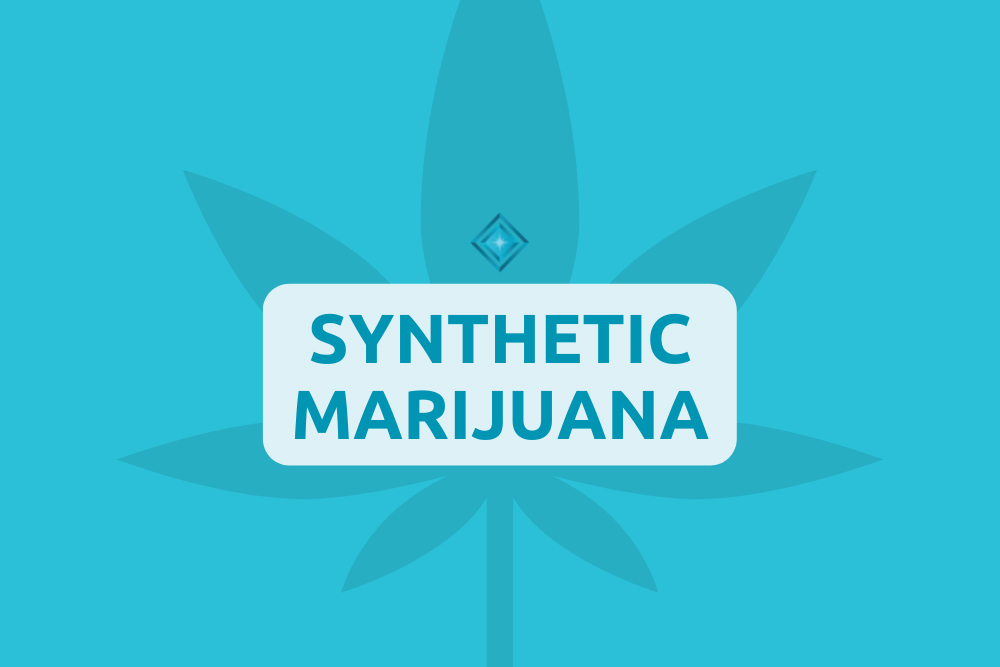Some drug users have experimented with a product called “spice,” marketed for its ability to create a marijuana-like high. The effect results from human-made compounds designed to mimic THC, the active ingredient in marijuana.
The mistaken belief that artificial cannabinoids are safe to use because they are “all-natural” has contributed to various health issues. As many people have discovered to their peril, synthetic marijuana can be significantly more dangerous than the original cannabis plant.
The Risks of Synthetic Marijuana
In the 1980s, researchers working to develop new analgesics developed compounds that imitate the high of marijuana. Today, people with a working knowledge of chemistry can synthesize these same elements in home labs. Then, they spray the materials onto various plant materials. However, a lack of standards, regulations and quality control has led to toxic batches and poisoning.
There’s no way to be sure of what you’re getting when you buy artificial weed. Though synthetic marijuana can create a high, it may also have severe adverse effects not associated with the genuine article, including seizures, bleeding and poisoning outbreaks.
Why would people use spice despite these dangers? One potential reason is mere curiosity, but another might be in hopes of evading random drug tests conducted by their employers. Though artificial cannabis targets the same brain regions as THC, the molecular structures are different enough to escape detection by standard drug tests. Compounding the issue, makers are constantly changing their recipes, creating other products with similar chemical compositions to stay ahead of law enforcement.
Is Spice Illegal?
For several years, synthetic marijuana was easy to obtain. Places to buy spice – sometimes marketed as incense – typically included gas stations, tobacco shops, online and from dealers on the street. Manufacturers sold synthetic marijuana products in colorful packaging to attract consumers of all ages.
In 2011, the U.S. Drug Enforcement Agency banned five artificial marijuana compounds, and in 2012, Congress passed the Synthetic Drug Abuse Prevention Act, outlawing 15 chemicals used to make these drugs.
In recent years, lawmakers in several states, including California, have also taken steps to alter their statewide health and safety codes to prohibit the sale of synthetic marijuana. Since 2016, it has been a misdemeanor to sell artificial cannabinoid products in California. This offense is punishable by up to six months in county jail, various court fines and other conditions a judge may opt to impose.
Long Beach Addiction Recovery
People who seek treatment at New Found Life thrive in our compassionate, supportive environment, while benefiting from California’s beautiful scenery, warm weather and nearly year-round sunshine. Long Beach offers no shortage of outdoor activities, including 12-step meetings held on the beach.
At New Found Life, we have been helping people break the cycle of substance abuse since 1993. We understand the correlation between long-term treatment and success in recovery, so we offer a complete continuum of care, from medically supervised detoxification to intensive outpatient treatment and continuing care. To learn more about ending a dependency on marijuana or other drugs, contact us today.

